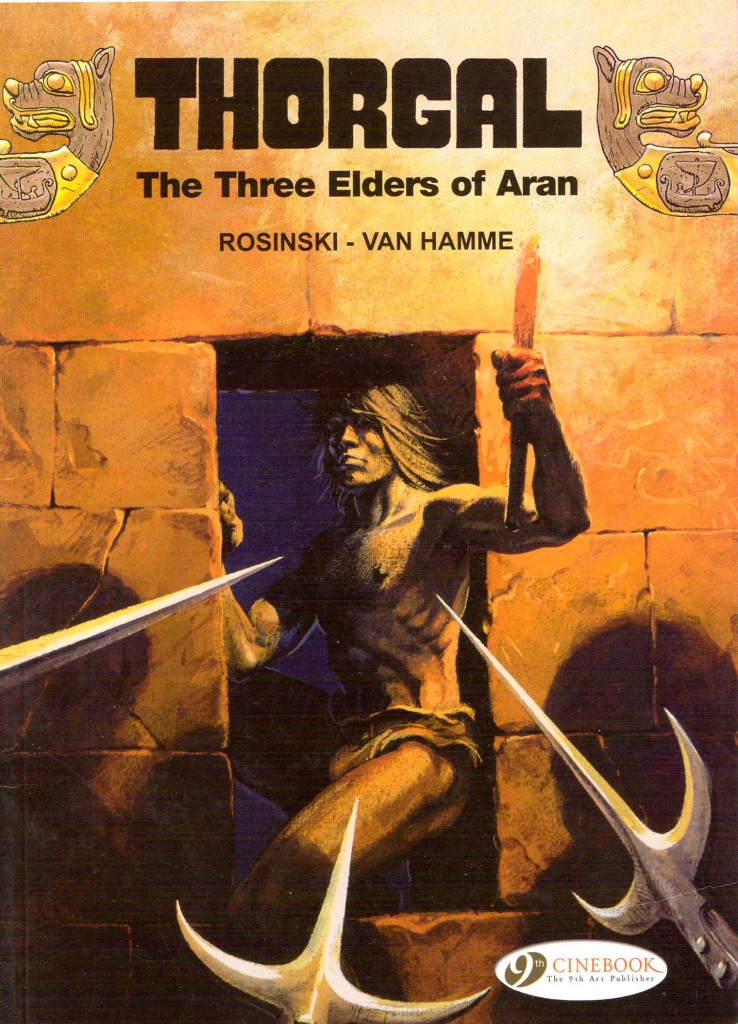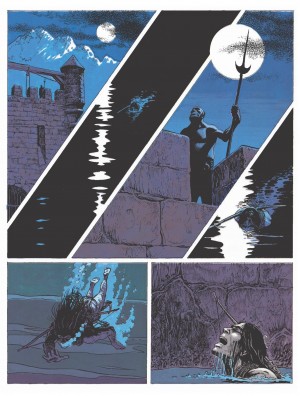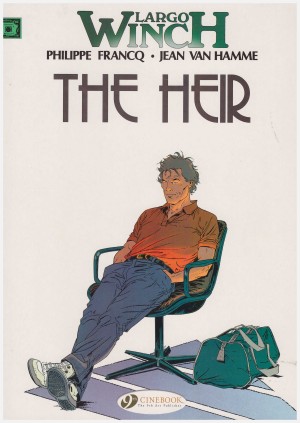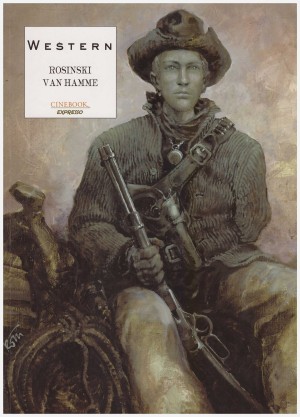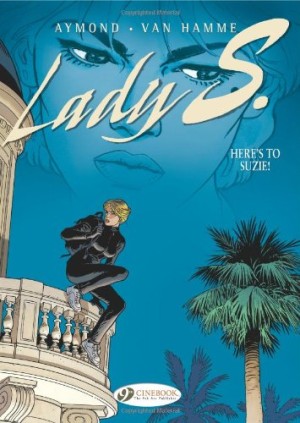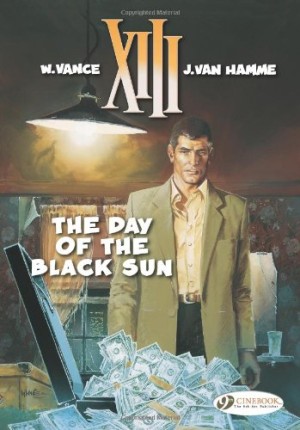Review by Jamie McNeil
The Three Elders of Aran contains the title story and ‘The Black Galley’, essentially books three and four in the original French series. It also starts with a gaping plot hole. How and when did Thorgal and Aaricia get married? Aren’t her father and brother sworn enemies of Thorgal, largely responsible for his misery? And why are the newlyweds travelling through the wilds in search of a peaceful life? Shouldn’t they be on honeymoon or the Viking equivalent? Questions and more questions. Since their bond was explained in Child of the Stars, the marriage bit was predictable and the reasons behind Aaricia’s family’s feud with Thorgal are also explained there so it isn’t difficult to surmise why they are leaving everything they know behind. What we can assume is that Thorgal is looking for peace and Aaricia has sworn to go with him. In any event they aren’t far into the journey when the stunted and deformed Jadawin appears, inviting them to a feast in the mysterious land of Aran. Thorgal is hesitant, more so when they arrive at Aran. The inhabitants are mad eyed and grey-skinned, celebrating what Thorgal muses is a “joyless feast”. Even more suspicious is it being held at the order of the seldom seen “Benevelont Ones” who preside over Aran from a mysterious fortress in the middle of a bottomless lake. Aaricia on the other hand is eager to have fun now that they can finally be together. Unfortunately her enthusiasm inadvertently leads to the fulfilment of a prophecy that may end their wedded bliss prematurely.
Apart from afore mentioned issues, Aran is a well written story. The plot is formulaic and simple – hero rescues true love – but writer Jean Van Hamme adds plenty of twists and turns along the way. His antagonists are sadistic and selfish, concerned only with power and immortality, familiar fantasy tropes perhaps, but Van Hamme makes them convincing, working up suspense and tension. Grzegorz Rosiński’s art is very good although he hasn’t entirely mastered faces at this point in his career, especially the protagonist. Where he’s wonderful is in portraying pantomime villains, hamming them up to make them detestable. The crowds of mad-eyed villagers are disturbing, Jadawin grotesque, but his action scenes are also very good. Thorgal breaking into a fortress is incredibly detailed and brilliantly sequenced.
In ‘The Black Galley’ Thorgal finds himself accused of colluding with enemies of Brek Zarith, a kingdom across the water. Once again his desire for peace is ignored when he is enslaved on the Black Galley by the King of Brek Zarith’s heir. What’s instantly noticeable is how much Van Hamme and Rosiński have both improved. Van Hamme’s plots are more coherent, introducing even more twists and turns. His characters are interesting, the villains even more magnificently deranged. Rosinski produces some brilliant horse rides through moonlit dunes, epic sea battles and bleak landscapes. The style fits perfectly as Van Hamme blends fantasy worlds with historical Viking culture.
Thorgal isn’t perfect, but it is astounding how rapidly it is improving considering that this is among Rosinski’s earliest work. It’s beautiful, touching, tragic, exciting and an indicator of much to come. The Brek Zarith saga continues in Beyond the Shadows.
